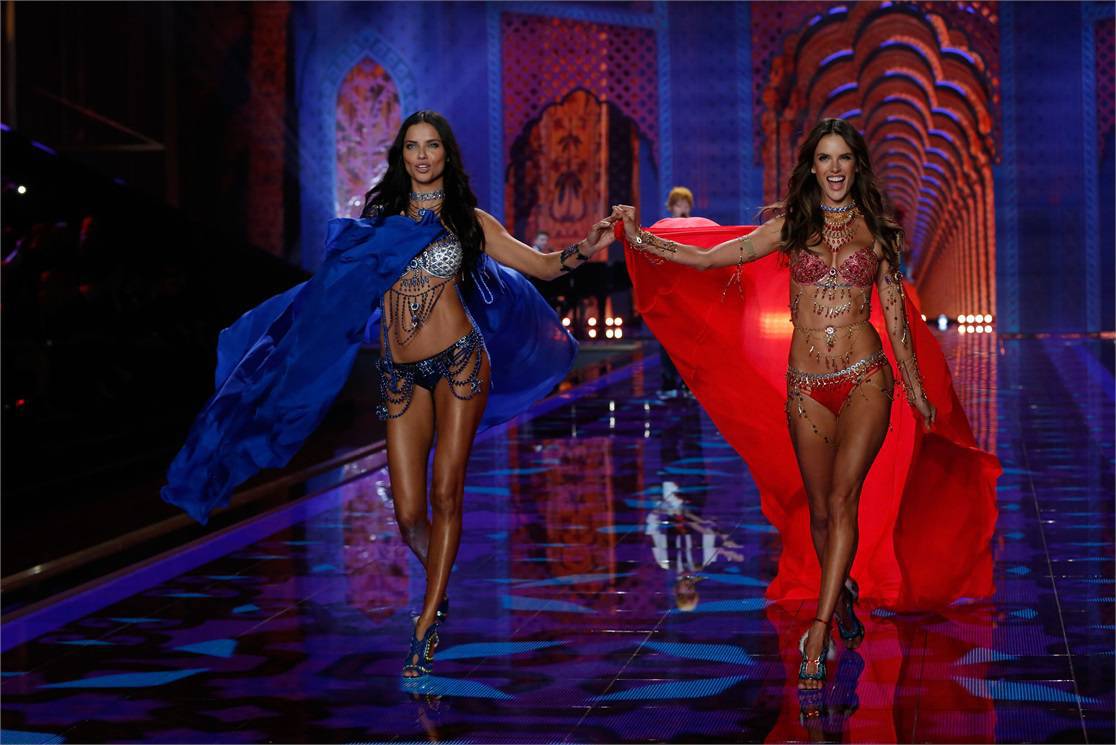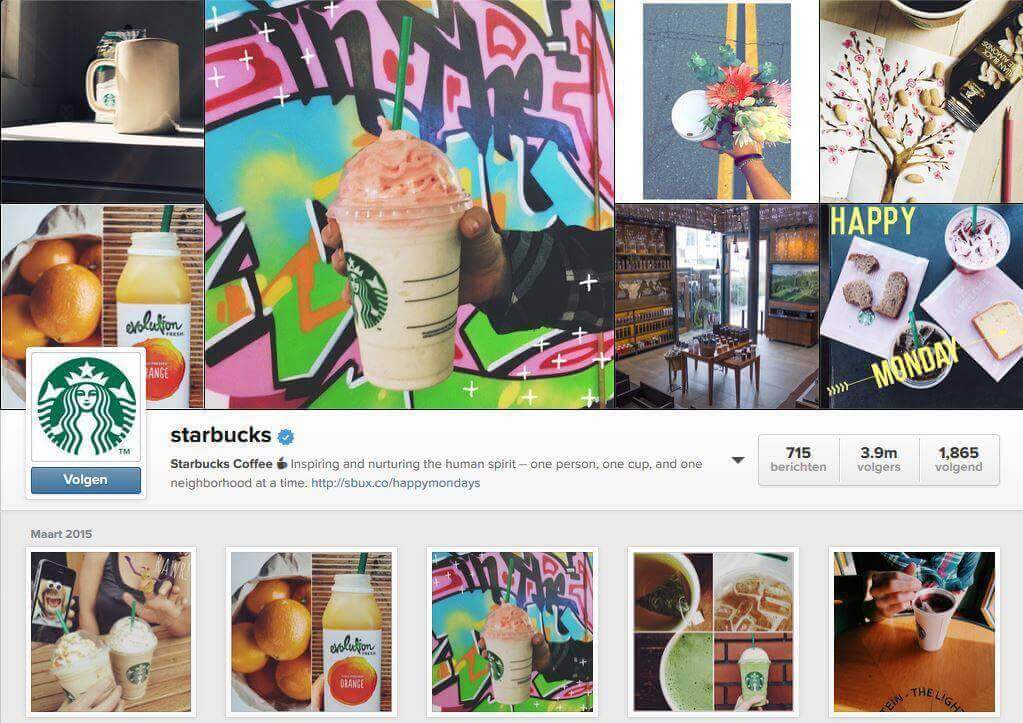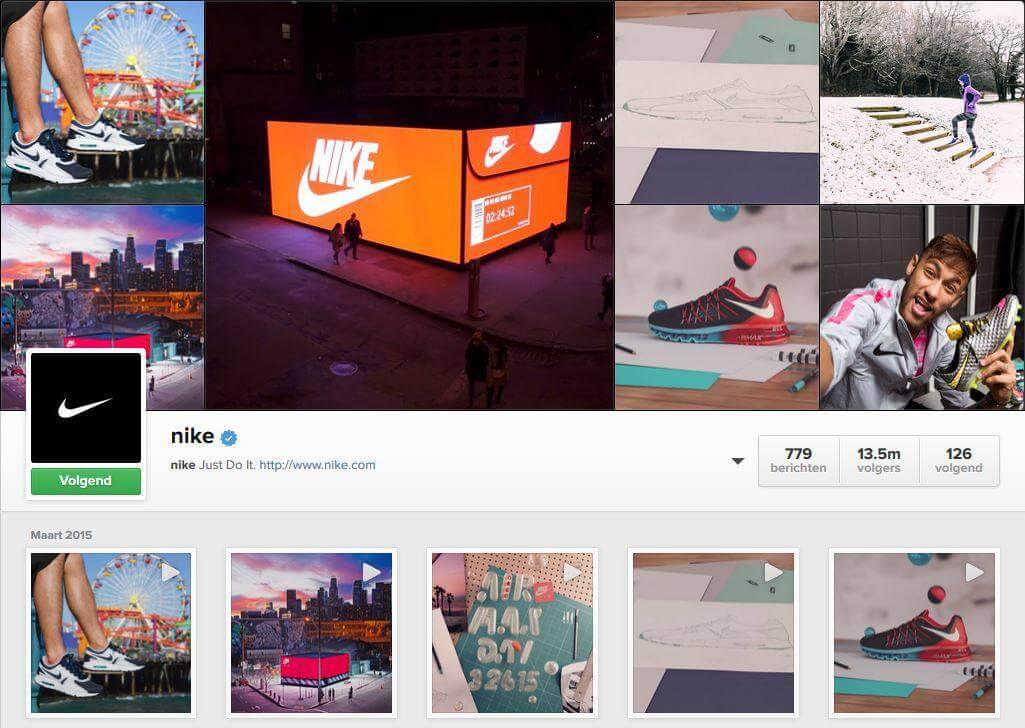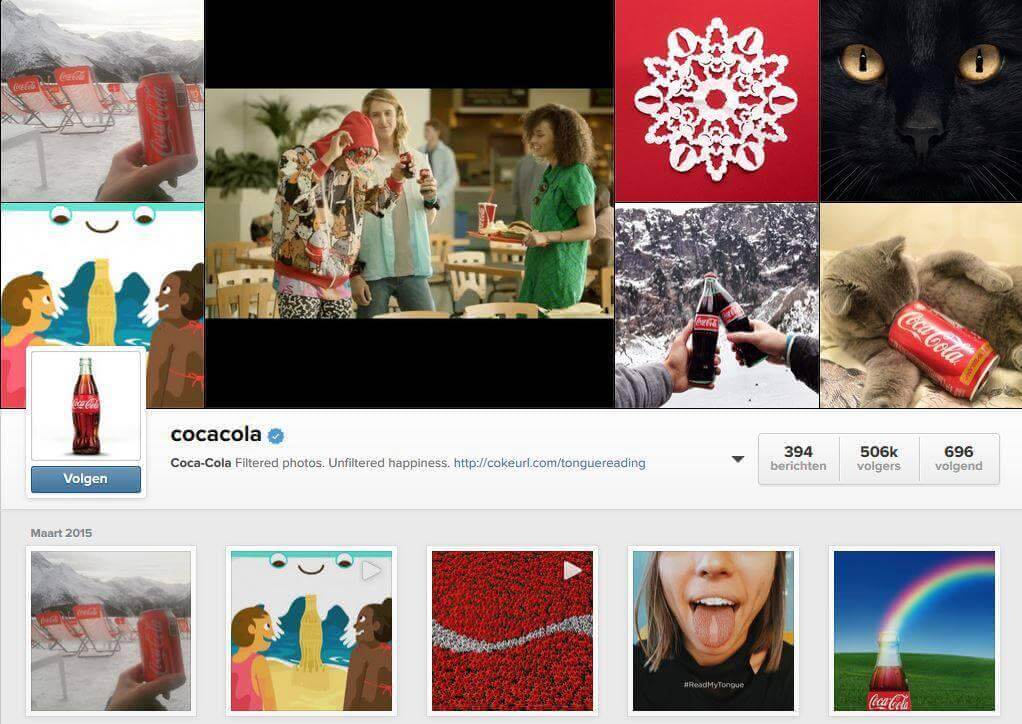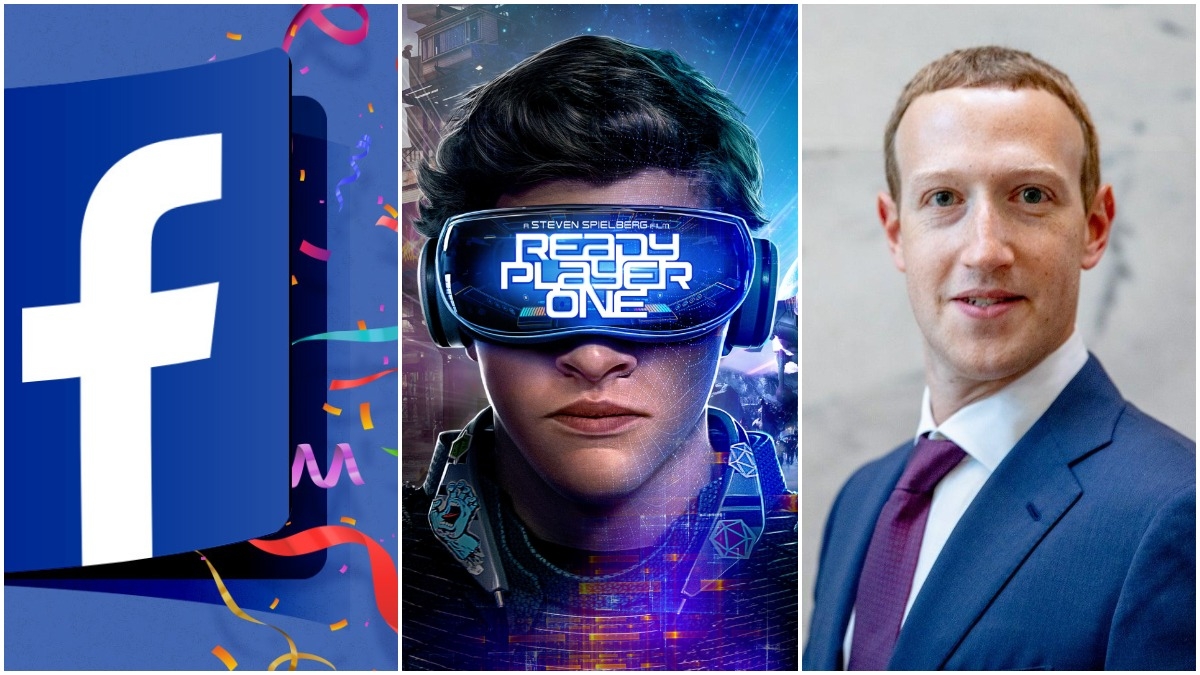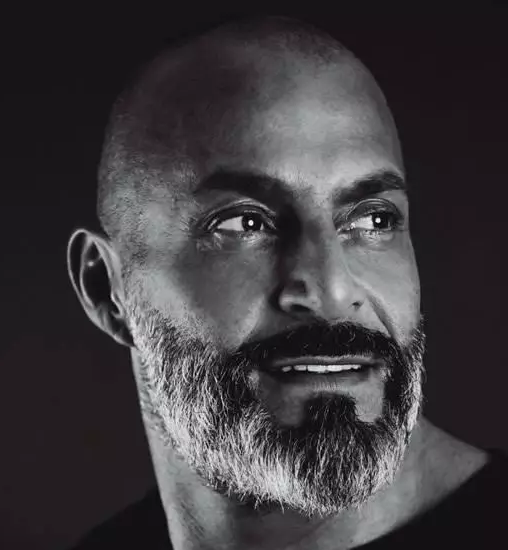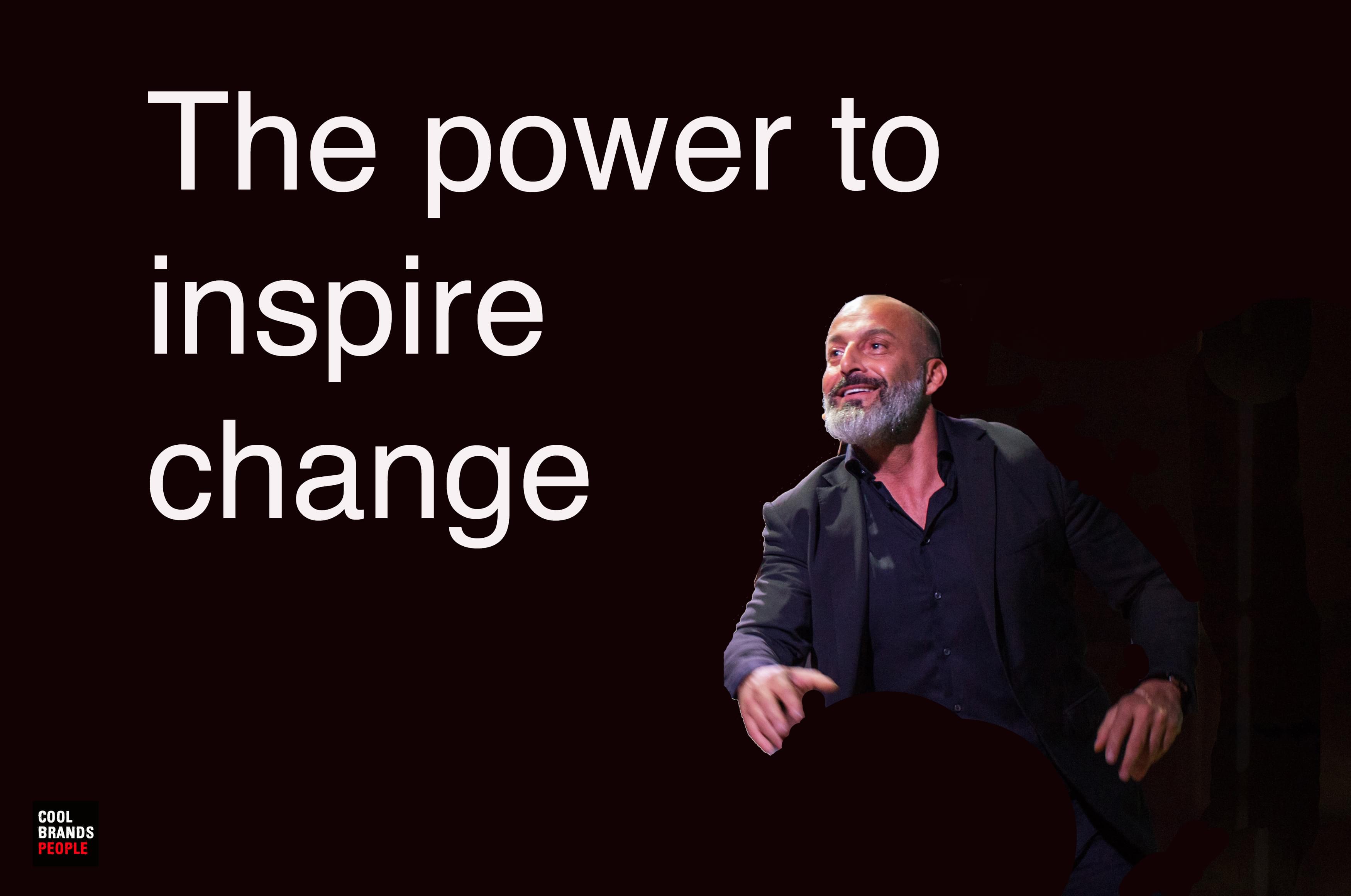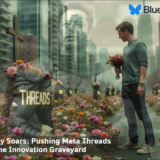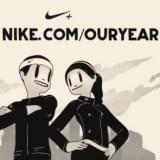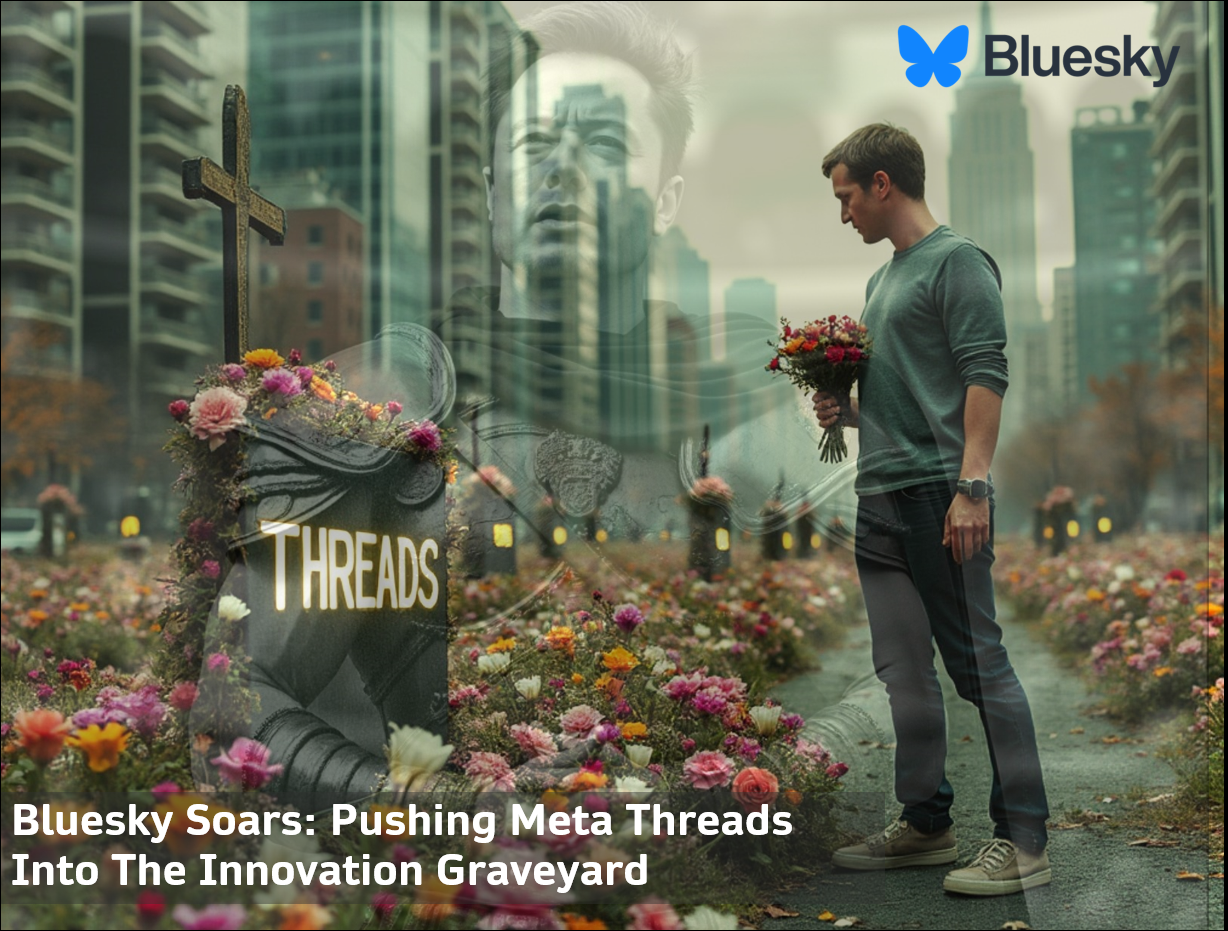Big brands like Nike, Victoria’s Secret, GoPro, and Starbucks have boosted their Instagram fanbase by millions of followers using branded videos.
Nike is killing it and has been skyrocketing its Instagram followers from 4 million to a staggering 13.5 million in a period that lasted less than one year.
Fashion and lingerie brand Victoria’s Secret went up from 4.2 million to 11.7 million.
The brand that is passionate about capturing and sharing life’s great moments on video, GoPro surged from 1.9 million to 4.5 million.
Starbucks, the green giant is formerly known as a coffee brand, went from 2.3 million followers to 3.9 million.
The data comes from an Adweek study that was conducted over the period from April 2014 to February 2015. The budgets these brands spent were not revealed, however.
Why Should CMOs Reconsider Their Instagram Presence?
Instagram has long been known as a niche image-sharing site populated by young screenagers, also called Generation Z.
However, all of that changed in 2014, when Instagram overtook Twitter in terms of active users and now stands proud at the 300 million users mark.
Instagram has a more international profile than Twitter, with 70% of its users outside the United States.
Instagram doesn’t just offer brands a wider reach than Twitter; they also see engagement rates up to 50 times higher on their Instagram profiles than those on Twitter. Not my insights or opinion; it’s stated on Adweek.
Instagram is not just the world’s largest photo-sharing site; it’s also a great place to build a “look” for your brand and create your own visual fingerprint.
How CMOs Can Boost Their Fanbase on Instagram?
If you are inspired by the above brands and are convinced about the reach and engagement, Instagram offers brands, the ‘how to grow‘ your Instagram question remains. I will answer that question here with examples.
But before I do, I would like to stress that almost every CMO on this planet gets nightmares when successfully connecting his brand to the people formerly known as consumers: Generation Z.
Using excellent photos and specially branded videos on Instagram in intelligent ways is rewarded with massive audience growth. Cool, but what are smart ways?
Most of the aforementioned Insta heroes have been using branded stop-motion clips. These are shorter and way more engaging videos than your average TVC.
Hopefully, you have been practicing with Vine-alike or other short forms of branded video content. They should be part of your content marketing strategy.
Here are some examples of successful brands on Insta:
Nike takes its own unique direction on Instagram. They share photos and clips that support their movements, like #airmaxday. But they also reveal short video clips of their impressive OOH campaigns in i.e., Los Angeles and New York City.
Victoria’s Secret goes way beyond showing its gorgeous (but skinny) models. They use photos and short video clips (15 seconds) on their Instagram page.
Videos are promoting new collections and events, and some are videos in which models are asking fans to interact, vote, or share.
Starbucks is taking a Coca-Cola alike approach on Instagram with their Happy Monday movement that is inspiring the human spirit with global and local content.
Starbucks, however, for the second time recently “regrammed” (the term for sharing on Insta) an artist’s 15-second video, much to the delight of its followers.
The Big Brands That Have Failed To Coin Instagram So Far?
Having touched on Coca-Cola’s movement theme of Happiness, I must say that the brand should be really unhappy about its Instagram performance.
At gathering my insights for this story, I almost fell out of my chair seeing Coke’s base on Insta: a shallow 506.000 followers.
Now that’s Coke unworthy. However, it also means that you can still beat Coca-Cola.
Also, the true masters of content marketing at Red Bull are now at a mediocre 2.4 million Insta fans. With their young target audience and content skills, they should have been at 10 million followers by now.
Indeed, battling with the Cokes and Red Bulls is still possible for your brand.
Imagine your next board presentation being the CMO: “Look, we are kicking Coca-Cola’s and Red Bull’s ass on Insta.”
This Instagram Video Ranking (scroll to the middle of the page) will show you more photos and videos used on Insta by retail, auto, and beauty brands.
Yes, I know. CMOs like benchmarks. And they should.
My Opinion
Many CMOs of leading consumer brands have been struggling with their social media marketing strategy.
They have been chasing social channels like race dogs on steroids, mostly completely and blindly focused on the reach of each channel.
These illiterate media agency tactics are mostly light years away from being even close to social media marketing strategies.
But media agencies most often have no clue about earned and owned media. Or it doesn’t fit their remuneration package. They only focus on paid media aka buying you guaranteed reach.
I have advice for both CMOs and their media agencies: “Today, you can still buy media, but you can no longer buy attention. You have to earn it.”
Last but not least, CMOs should unthink marketing. They are used to interrupt us with big TV commercials, big campaigns, and celebrity endorsements. That’s legacy thinking and applying outdated value systems to the new digital world.
CMOs should finally understand that digital, video and mobile spell the end of attention monopolies like TV, Radio, and Print. And the end of disruption for marketers and advertisers.
CMOs must understand that storytelling is changing, and unless brands know how to tell theirs in a quick, witty, and purposeful way that is native to these new platforms, they will be left behind.
If you want to connect your brand successfully to ‘screenagers,’ aka Generation Z, now is your time to coin Instagram.
Brands that generously share, cultivate sympathy and loyalty. Welcome to the networked economy, an era of collaborative ecosystems, not egosystems.
What About You?
How have you been using Instagram, and what tips could you share with the big brands? I’d love to hear your ideas.
Go Beyond Mainstream Media & Big Tech –
Get Access To My Uncensored Voice of Reason
We all know the mainstream media is often full of propaganda and bribed journalism. Big Tech makes it even worse with its content censoring, fake fact-checkers, and fading social channels to black. Should I add #fansonlease, walled gardens, and squeezing artists like lemons to the toxic social media list?
Don’t miss out! Get Math Man Magazine and my uncensored voice in your mailbox twice a month. 100% free! In my newsroom, live-on-stage action, podcasts, interviews, and more.
Read my recent article in Rolling Stone magazine about cause artists and athletes.
About the Author
In the spotlights, Igor Beuker is a top marketing innovation keynote speaker and futurist known for his foresight on trends and technologies that impact business, economy, and society. Behind the scenes, a serial entrepreneur with 5 exits and an angel investor in 24 social startups. Board member at next-level media firms, changemaker at Rolling Stone Culture Council, Hollywood sci-fi think tank pioneer, award-winning marketing strategist for Amazon, L’Oréal, Nike, and a seer for Fortune 500s, cities, and countries.
Related Posts
MONTHLY MEMBER SPECIAL

